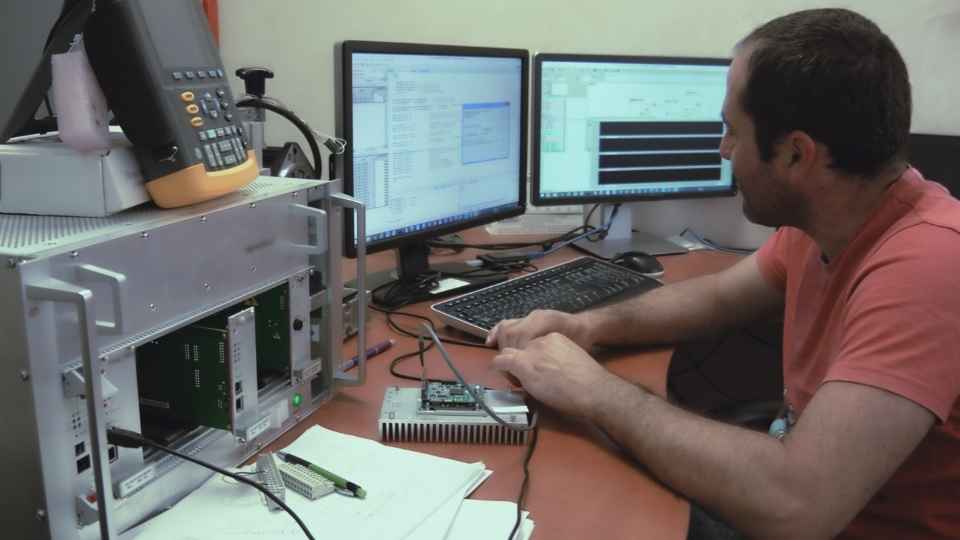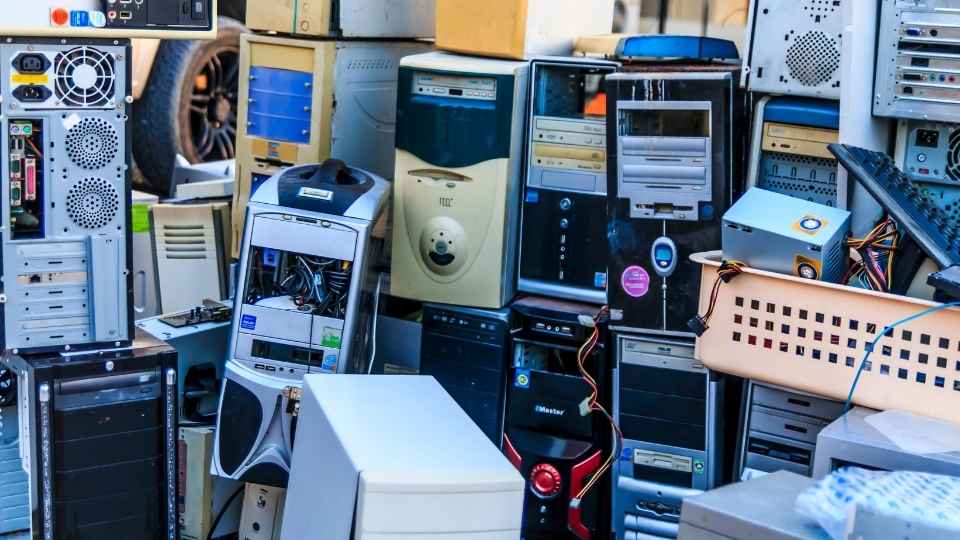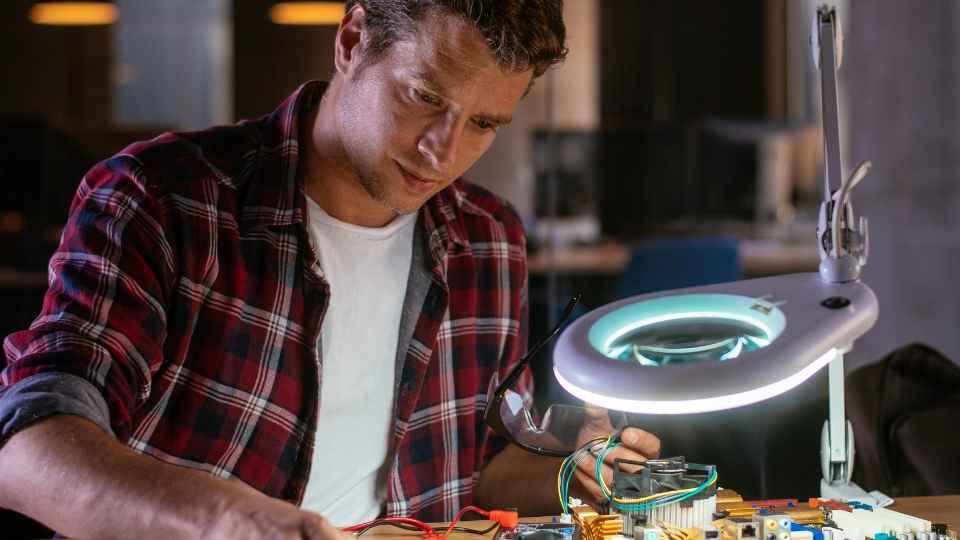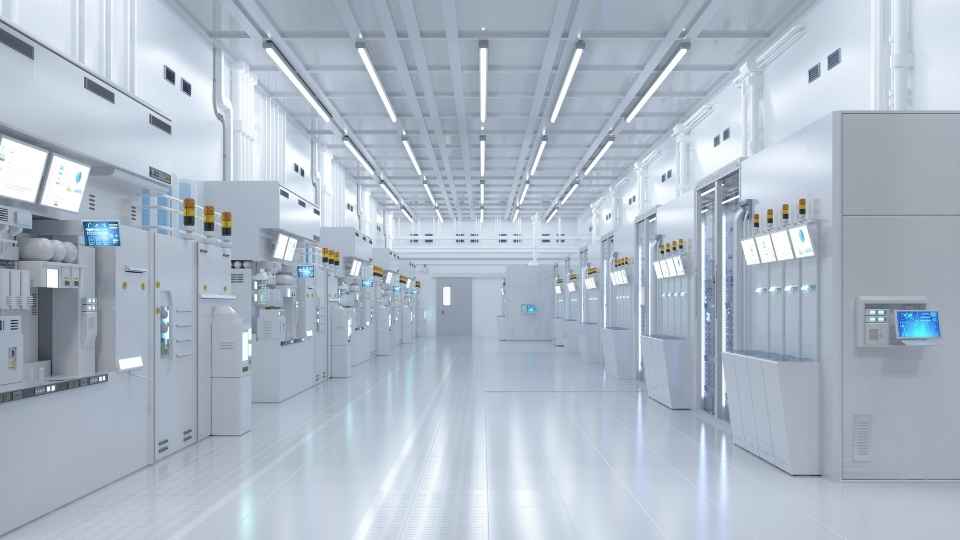
In a world where technology is advancing at an exponential rate, it's no surprise that robots are becoming an integral part of our daily lives.
From healthcare to manufacturing, transportation to retail, and even education and agriculture, these mechanical marvels are revolutionizing the way we live and work.
With their ability to enhance efficiency, automate tasks, and improve overall productivity, robots have become indispensable in various industries.
In this article, we will explore the diverse applications of robots and how they are reshaping our everyday existence.
Key Takeaways
- Robots are revolutionizing healthcare and manufacturing by improving patient care, assisting surgeons, automating tasks, and enhancing efficiency.
- Robotics is transforming transportation and retail by increasing safety and efficiency, optimizing traffic flow, enabling faster delivery, and reducing labor costs.
- In education, robots engage students, incorporate virtual reality for immersive learning, revolutionize education through AI, and provide personalized instruction.
- Robots in agriculture carry out tasks like planting and monitoring crops, collect data on soil conditions and pest infestations, enhance productivity, and reduce environmental impact.
The Impact of Robots in Healthcare
Robots have had a significant impact in healthcare by improving patient care, assisting in surgeries, and automating various tasks. These technological advancements have revolutionized the healthcare industry, leading to improved outcomes and increased efficiency.
In terms of patient care, robots are capable of providing round-the-clock monitoring and assistance, reducing the need for human intervention and allowing for more personalized care plans. Additionally, robots can assist surgeons during complex procedures by providing precision and stability, resulting in fewer errors and better surgical outcomes.
Furthermore, automation of tasks such as medication dispensing and inventory management has streamlined processes, reducing human error and freeing up healthcare professionals' time to focus on direct patient care. The integration of robotics in healthcare has paved the way for enhanced efficiency in not only patient care but also manufacturing processes within the industry.

Transition: With their success in healthcare applications established, it is evident that robotics can also play a crucial role in enhancing efficiency in manufacturing processes across various industries.
Enhancing Efficiency in Manufacturing With Robotics
The integration of robotics in manufacturing has led to significant enhancements in efficiency and productivity.
With the ability to automate repetitive tasks, robots streamline production processes and reduce human error.
This not only improves accuracy but also allows for increased output, ultimately leading to higher levels of efficiency in manufacturing operations.
Streamlining Production Processes
Automation has significantly improved efficiency in manufacturing, transforming production processes into streamlined and highly optimized operations.
With the advent of robotics, manufacturers are now able to automate various aspects of their production lines, resulting in increased productivity and reduced costs. Robots have the ability to perform repetitive tasks with precision and consistency, eliminating human error and reducing the need for manual labor.
They can also work continuously without breaks or fatigue, ensuring a constant flow of production. This level of automation not only enhances efficiency but also enables manufacturers to meet growing demands and stay competitive in the global market.

Improving Productivity and Accuracy
By leveraging advanced technology and innovative systems, manufacturers can enhance productivity and accuracy in their production processes.
One way this is achieved is through the use of robots. Robots are programmed to perform repetitive tasks with precision, consistency, and speed, freeing up human workers to focus on more complex and creative aspects of production. These machines are equipped with sensors that enable them to detect objects, analyze data, and make decisions in real-time.
With the ability to work around the clock without fatigue or breaks, robots greatly increase manufacturing productivity. Additionally, their accuracy ensures a higher quality output as they minimize errors caused by human factors such as fatigue or distractions.
As a result, manufacturers can meet demand more efficiently while maintaining high standards of product quality.
Autonomous vehicles are revolutionizing transportation by offering increased safety and efficiency on the roads. These self-driving vehicles utilize advanced technologies such as artificial intelligence, sensors, and machine learning algorithms to navigate and operate independently, eliminating the need for human intervention. By doing so, they can significantly reduce the number of accidents caused by human error and improve overall road safety.
The precision and accuracy of autonomous vehicles enable them to optimize traffic flow, resulting in reduced congestion and shorter travel times. This increased efficiency benefits not only individuals but also businesses that rely on transportation for their operations. It allows for faster delivery of goods and services, leading to improved productivity.
Furthermore, autonomous vehicles provide a sense of freedom for individuals who desire independence in their daily commute or travel experiences. They offer the flexibility to focus on other tasks while being transported safely from one destination to another.

Revolutionizing the Retail Industry With Robotic Assistants
The use of robotic assistants in the retail industry is transforming the way businesses operate, providing increased efficiency and improved customer experiences. These robotic assistants are designed to perform a range of tasks, such as inventory management, shelf stocking, and even customer service.
With their advanced sensors and algorithms, these robots can navigate through crowded store aisles with ease, ensuring that products are always available and easily accessible to customers. Moreover, they can provide real-time information about product availability and location to both customers and staff members.
The integration of robotic assistants in the retail industry has led to reduced labor costs, streamlined operations, and enhanced productivity. This technology not only benefits businesses but also empowers customers by offering them more convenience and freedom while shopping.
Exploring the Role of Robots in Education
Education is being transformed through the integration of advanced technological tools that enhance learning experiences and improve student outcomes.
Interactive robots are being used in classrooms to engage students and provide personalized instruction based on their individual needs. These robots can adapt their teaching methods to cater to different learning styles, ensuring that every student receives the support they require.
Virtual reality (VR) is being incorporated into educational settings, allowing students to explore immersive environments and gain hands-on experience in various subjects. This technology enables learners to interact with virtual objects, visit historical sites, or even conduct scientific experiments without leaving the classroom.
Artificial intelligence (AI) is revolutionizing education by providing intelligent tutoring systems that can analyze student data, identify areas of weakness, and offer targeted feedback for improvement. AI-powered chatbots also assist teachers in answering common questions and providing assistance outside of class hours.

With these technological advancements, education is becoming more accessible, engaging, and tailored to each student's needs.
Robots in Agriculture: Advancements and Benefits
In recent years, technological advancements have transformed the agricultural industry, enhancing productivity and efficiency in various aspects of farming operations.
One significant development in this sector is the integration of robots into agriculture. These machines are designed to carry out tasks such as planting, harvesting, and monitoring crops with precision and accuracy.
Robots equipped with sensors and cameras can collect data on soil conditions, plant health, and pest infestations, allowing farmers to make informed decisions regarding irrigation, fertilization, and pest control measures.
Additionally, robots can operate autonomously or be controlled remotely by farmers, offering flexibility and convenience.
The use of robots in agriculture not only increases productivity but also reduces labor costs and minimizes environmental impact by optimizing resource usage.
As technology continues to advance, robots will play an increasingly vital role in revolutionizing farming practices for a more sustainable future.

Frequently Asked Questions
Robots in the healthcare industry can perform various tasks such as assisting in surgeries, monitoring patient vital signs, delivering medications, and providing therapy to patients. These applications have revolutionized healthcare by improving efficiency and patient outcomes.
How Have Robots Improved the Safety and Accuracy of Manufacturing Processes?
Robots have significantly enhanced the safety and accuracy of manufacturing processes. Their precise movements and advanced sensors allow for error-free execution, resembling a surgeon's steady hand during a critical operation.
What Are the Potential Challenges and Limitations of Implementing Autonomous Vehicles in Transportation?
The implementation of autonomous vehicles in transportation poses potential challenges and limitations. These include regulatory compliance, technical reliability, cybersecurity concerns, public acceptance, and ethical considerations. Addressing these issues is crucial for the successful integration of autonomous vehicles into our everyday lives.
Can You Provide Examples of How Robotic Assistants Are Changing the Customer Experience in the Retail Industry?
Robotic assistants are transforming the customer experience in the retail industry with their ability to provide personalized assistance, streamline operations, and enhance efficiency. Examples include automated checkout systems, inventory management robots, and interactive product displays.
In What Ways Can Robots Enhance the Learning Experience in Educational Settings?
In educational settings, robots can enhance the learning experience by providing personalized instruction, supporting interactive activities, and facilitating hands-on experiments. They can also assist teachers in managing classroom tasks and engaging students in a more innovative and immersive way.
 Basic Electronics ConceptsEssential ToolsCircuit Design BasicsMicrocontrollersDIY Electronics ProjectsRoboticsPrivacy PolicyTerms And Conditions
Basic Electronics ConceptsEssential ToolsCircuit Design BasicsMicrocontrollersDIY Electronics ProjectsRoboticsPrivacy PolicyTerms And Conditions
